
In order to promote teaching level, guarantee the quality of teaching and create a good teaching exchange mechanism, the School of Creativity and Art of ShanghaiTech University has held the 2020 Academic Comprehensive exhibition from March 10, 2021 in the SCA exhibition hall.
We have seen that creativity and art are first intimately coupled with information science, while new media art presented with a large number of digital images has become the present era’s creative mainstream. This is a subversion of the mode of presentation of traditional art, and also a great practice for driving artistic innovation with technical thinking. It will usher in even more unknown yet exciting changes, particularly with respect to the penetration and expansion of artificial intelligence, the relationship between art and individuals, as well as imminent breakthroughs in imagination and creativity.
Creative arts professionals are an indispensable part of society. The SCA will inject new inspiration and motivation into our next generation, advancing our cultural and spiritual life while enhancing humanities and arts education. To understand the creative art, you must experience it firsthand and keep an open mind to novel and unorthodox ideas. We encourage students to re-examine their world and think about the world from new perspectives.
The main points of concern for education and teaching at SCA includes how to promote innovative higher education in the field of art with leading-edge technology and provide a platform for pioneering research, experimentation, communication, growth and breakthroughs for the young generation of artistic and creative talents who challenge tradition. Therefore, this year's academic comprehensive exhibition is of great interest to students and faculty.
Preface
SCA of ShanghaiTech University offers open courses in art and design for all students, including the compulsory Design Thinking course, knowledge courses on various types of art, as well as specialized courses on specific designs. The exhibition provides a platform for everyone to learn about the college and its programs. We welcome everyone to visit.
Shouzhi Wang, Vice Dean of the School of Creativity and Art, ShanghaiTech University
Course Exhibition Content
Through a variety of work display methods such as graphic board display and multimedia playback, the exhibition presents the creativity of the students and the level of innovation and practice under the guidance of their teachers. The colorful curriculum achievements objectively reflect the teaching quality of the college, and also strongly prove the benign interaction between teachers and students.
The exhibition fully shows that the college attaches great importance to the quality of teaching and demonstrates the good relationship between teachers and students in teaching and learning. Through the exhibition of these course results, it reflects the thinking and extension that teachers bring to students through teaching. It also shows that the School of Creativity and Art is guided by the teaching concept of design, art and technology with cultivation characteristics of general, specialized and integrated in education. Seven courses participated in the exhibition, including Design Thinking, Digital Product Design, Production and Consumption of Popular Culture, Color Theory and Application, Visual Storytelling, Psychology of Interaction Design, and Introductory Interaction Design.
Design Thinking - Innovative Solutions in Product and Interactive Design
This course is co-taught by professors from design research and design development field. The two classes in this exhibition focus on interaction design and product design, with creativity and innovation as the biggest driving force. The course is dedicated to enabling students to use the methods and tools of design thinking to improve their problem identification and problem solving skills. The course uses The Double Diamond Process to provide a creative process for solutions, and constantly applies divergent and contracting design thinking tools and approaches.
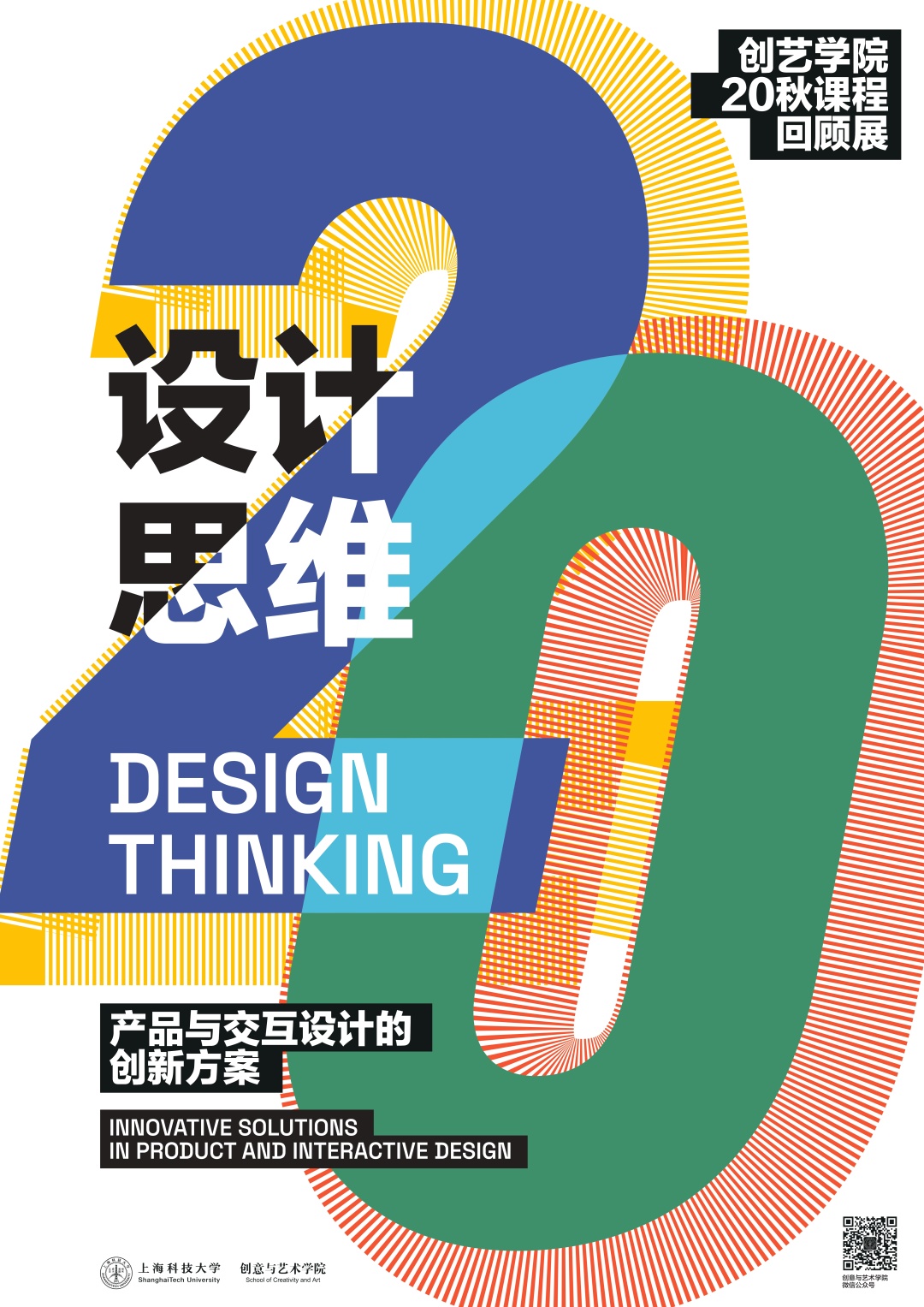

授课教师:顾明德

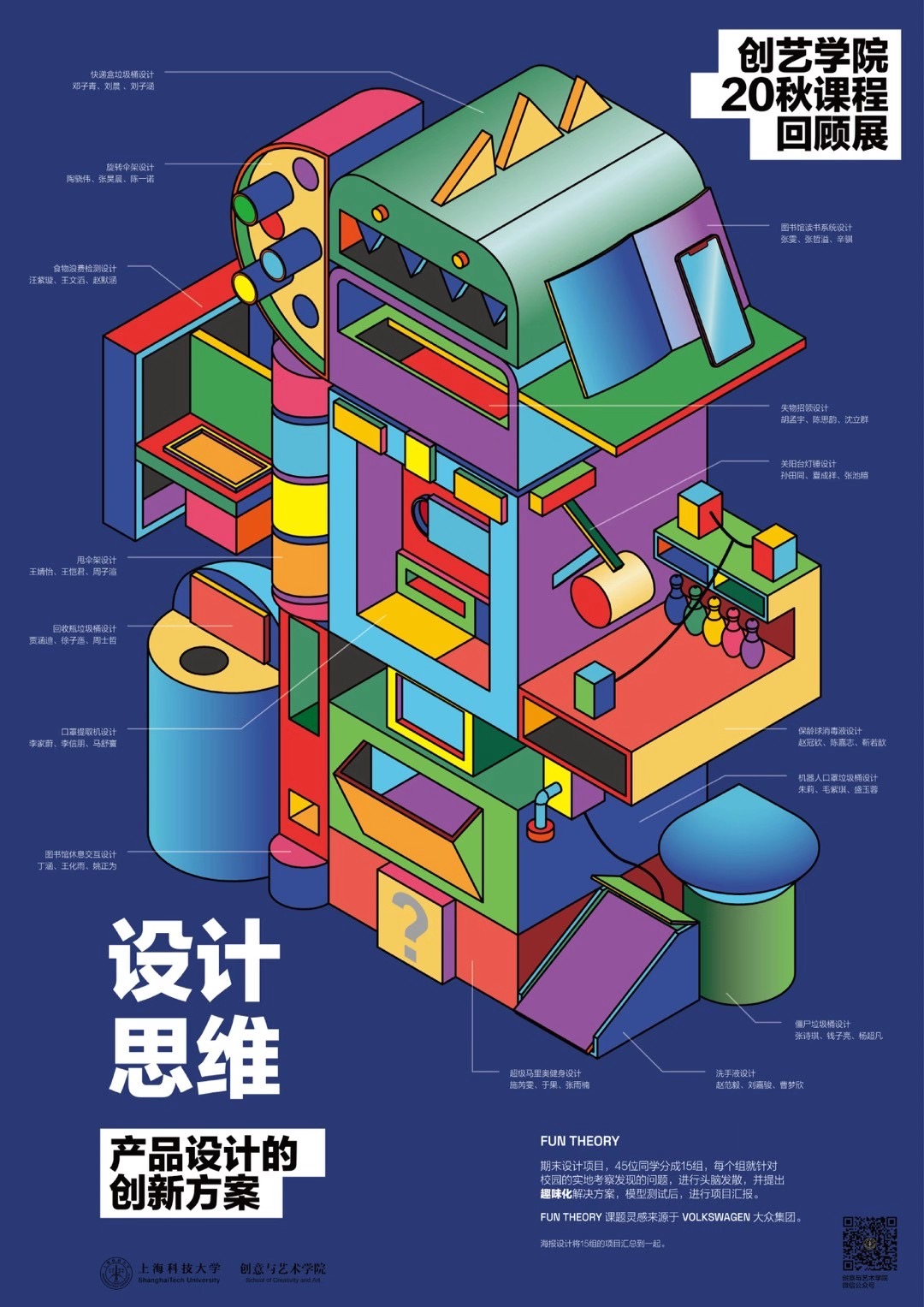
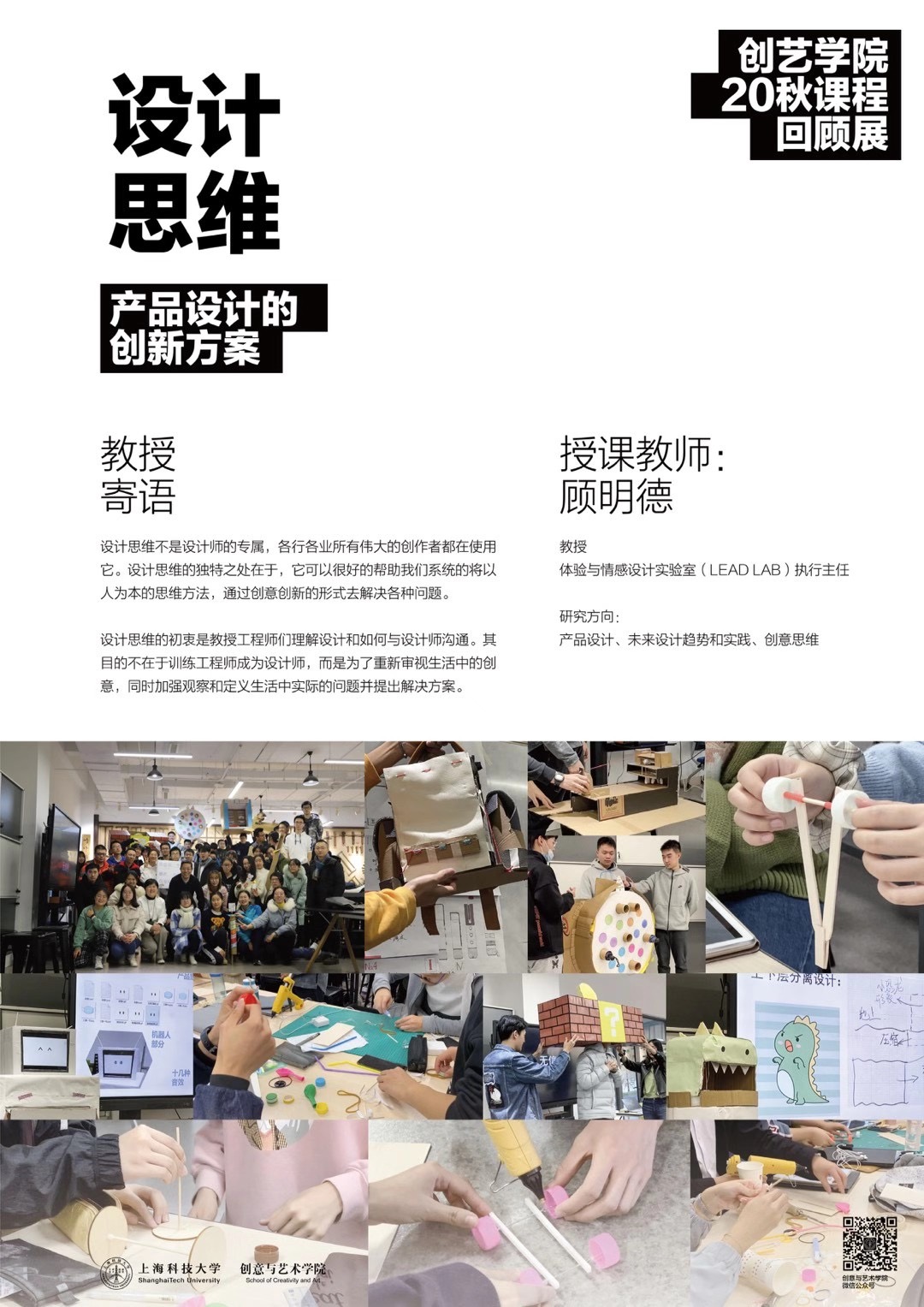
Student Feedback
Mengxin Cao: Through the course, my creativity has been greatly improved, and the quality of my work has gradually increased this semester. I believe that I will be more eager to create and discover the beauty of design everywhere in my life after studying this course,
Yino Chen: What I have gained is not only some theories and production skills, but more importantly, how to find solutions in adversity and increased my confidence in the process of solving problems one by one. My university life has just begun. Thanks DT for letting me know that I can also become a person who can solve problems independently.
Jiawei Li: I benefited a lot from the Fun Theory idea of the final project. We changed from the initial serious project to a meaningful and interesting design. Fun Theory also taught us that one of the best ways to solve a problem is to address people's attitudes and to make people notice and learn about a phenomenon through attractive design.
Ze Liu: I've been taking many courses during a year and a half in school, but Design Thinking is a really different one. It's the first time I've encountered a class that is so fun, relaxing and knowledgeable. We stimulate active thinking through games, produce collision through discussion and get inspiration through design. After the 12-week course, I not only learned how to express myself and how to design a product, but also learned aesthetics, thinking and cooperation.
Yuliang Zhu: The Design Thinking course was the first time I systematically learned design-related knowledge. I experienced the basic process of designing a product, and developed the ability to express my views in a speech. Design Thinking gave me a new perspective on products in my life and benefited me a lot.
Lecturer: Hua Yang
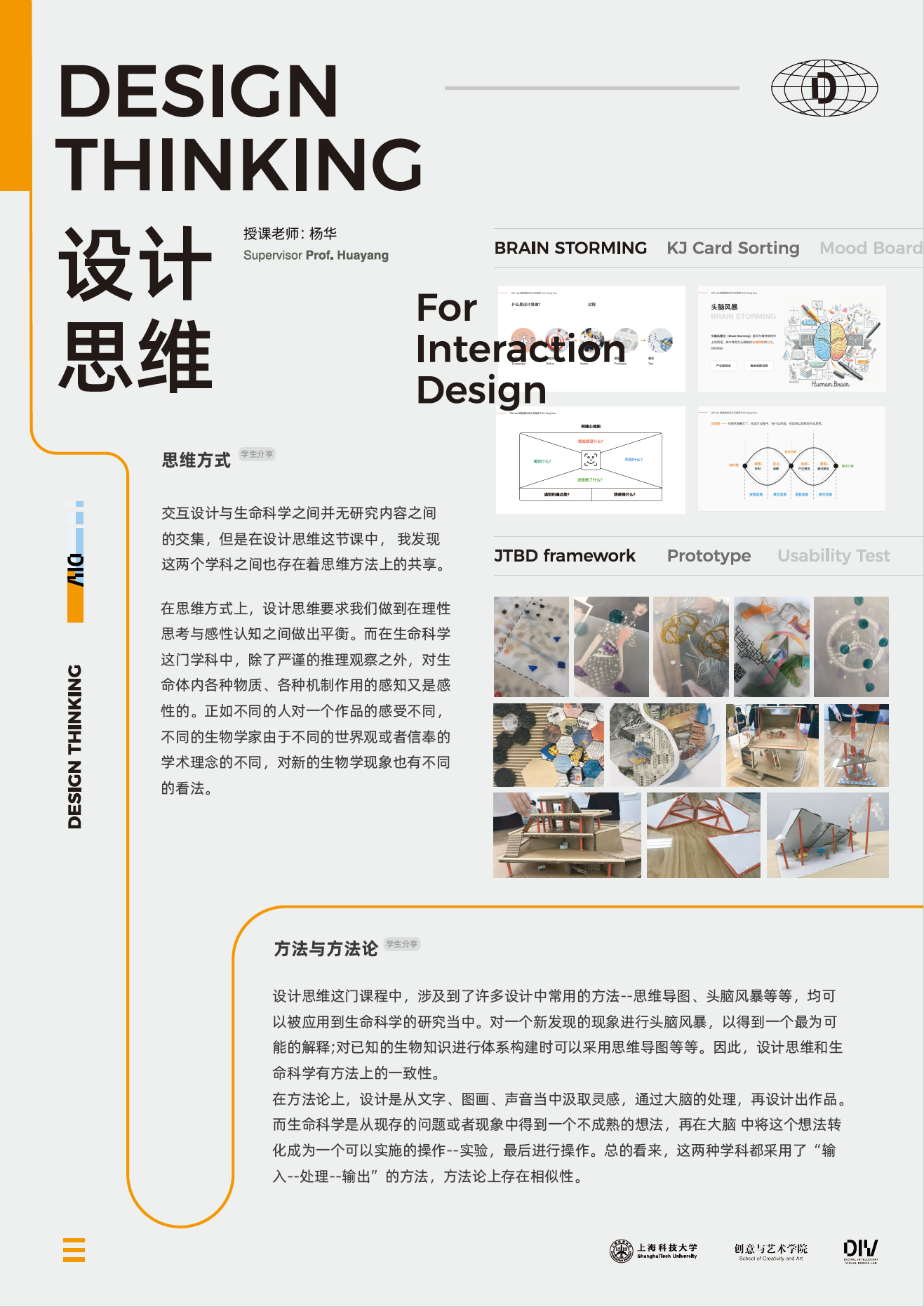
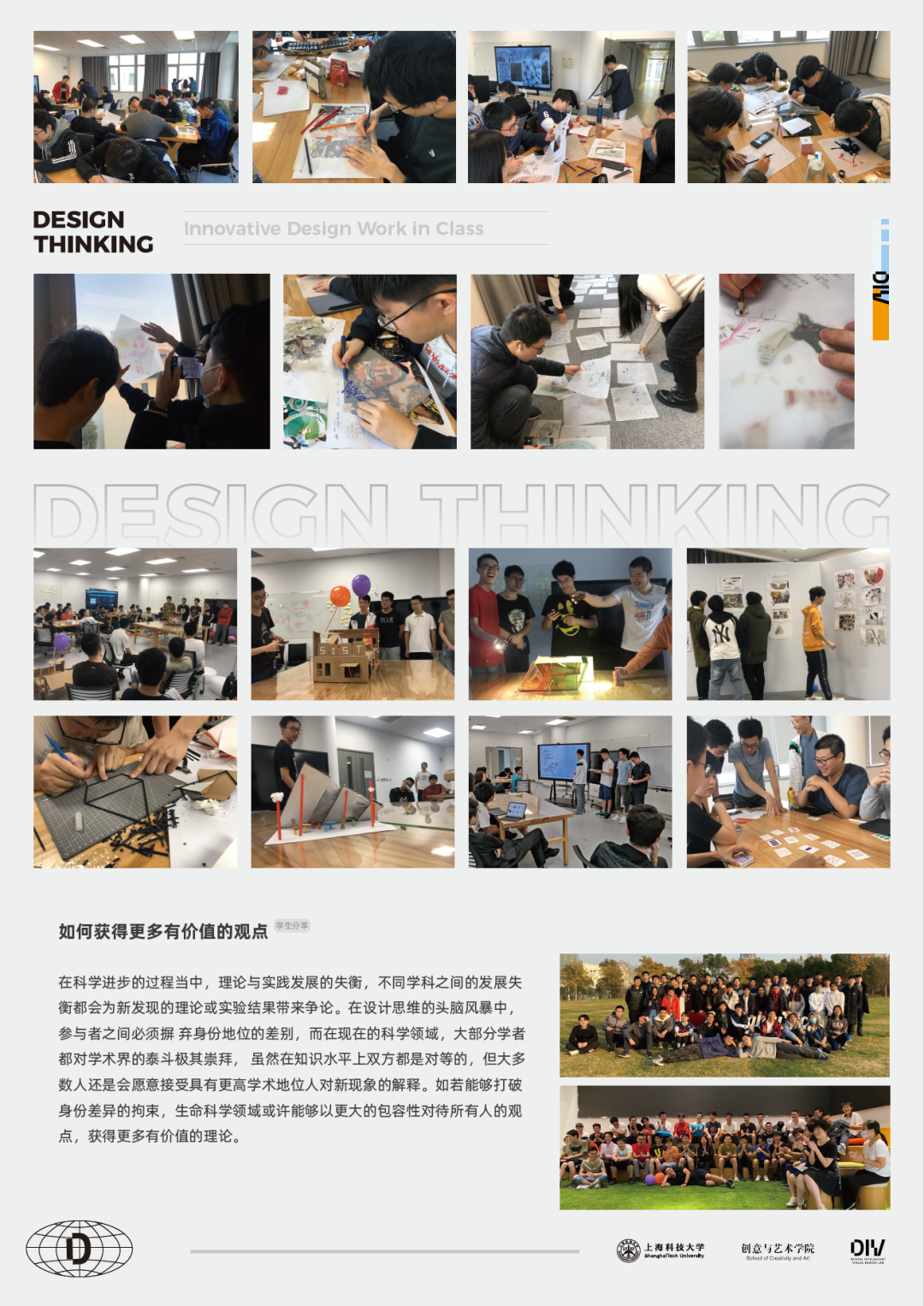
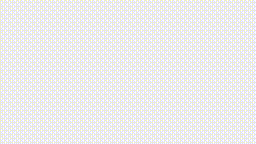
Teacher Comments:
Design Thinking course does not expect to teach students how to design. The important thing is to let students who do not majors in design learn the methods and processes of designer work, so that they are able to reach out and understand the influence of structural thinking and the systematic integration of complex problem on their respective disciplines. At the same time, the Design Thinking course also improves students' ability to collaborate, communicate, express, coordinate, and compete by training them in the whole design process of Empathize, Define, Ideate, Prototype, Test, and Implement in the process of teamwork.
Here we share a student feedback from the course, which can basically reflect our teaching goals:
There is no intersection between the research content between interactive design and life sciences, but in the Design Thinking lesson, I found that there is also a sharing of thinking methods between these two disciplines. In terms of mindset, design thinking requires us to balance rational thinking with perceptual cognition. While in the life sciences, in addition to rigorous reasoning and observation, the perception of the role of various substances and mechanisms in life is also perceptual. Just as different people have different perceptions of a work, different biologists have different views of new biological phenomena due to different worldviews or beliefs.
Methodology
The course Design Thinking involves many methods commonly used in design - mind mapping, brainstorming, etc. - all of which can be applied to the study of life sciences. We can brainstorming on a newly discovered phenomenon to get a most likely explanation. We can construct a system of known biological knowledge using mind maps. Therefore, design thinking and life sciences have methodological consistency. In terms of methodology, design draws inspiration from words, pictures, and sounds, and then designs the work through the brain's processing. The life sciences are the ones that get an immature idea from an existing problem or phenomenon, and then translate this idea into an action that can be implemented in the brain - an experiment - and finally perform the operation. In general, it seems that both disciplines use the input-processing-output approach, and there are methodological similarities.
How to get more valuable insights
In the course of scientific progress, imbalances between theory and practice, and between disciplines, can create controversy over new theoretical or experimental findings. In design thinking brainstorming, it is important to dispense with status differences among participants. However, in the current scientific field, most scholars extremely admire the academic leaders,. Although both sides are equal in terms of knowledge level, most people are willing to accept explanations of new phenomena from people with higher academic status. If we can break the constraints of status differences, the field of life sciences may be able to treat all people's views with greater tolerance and obtain more valuable theories.
Digital Product Design
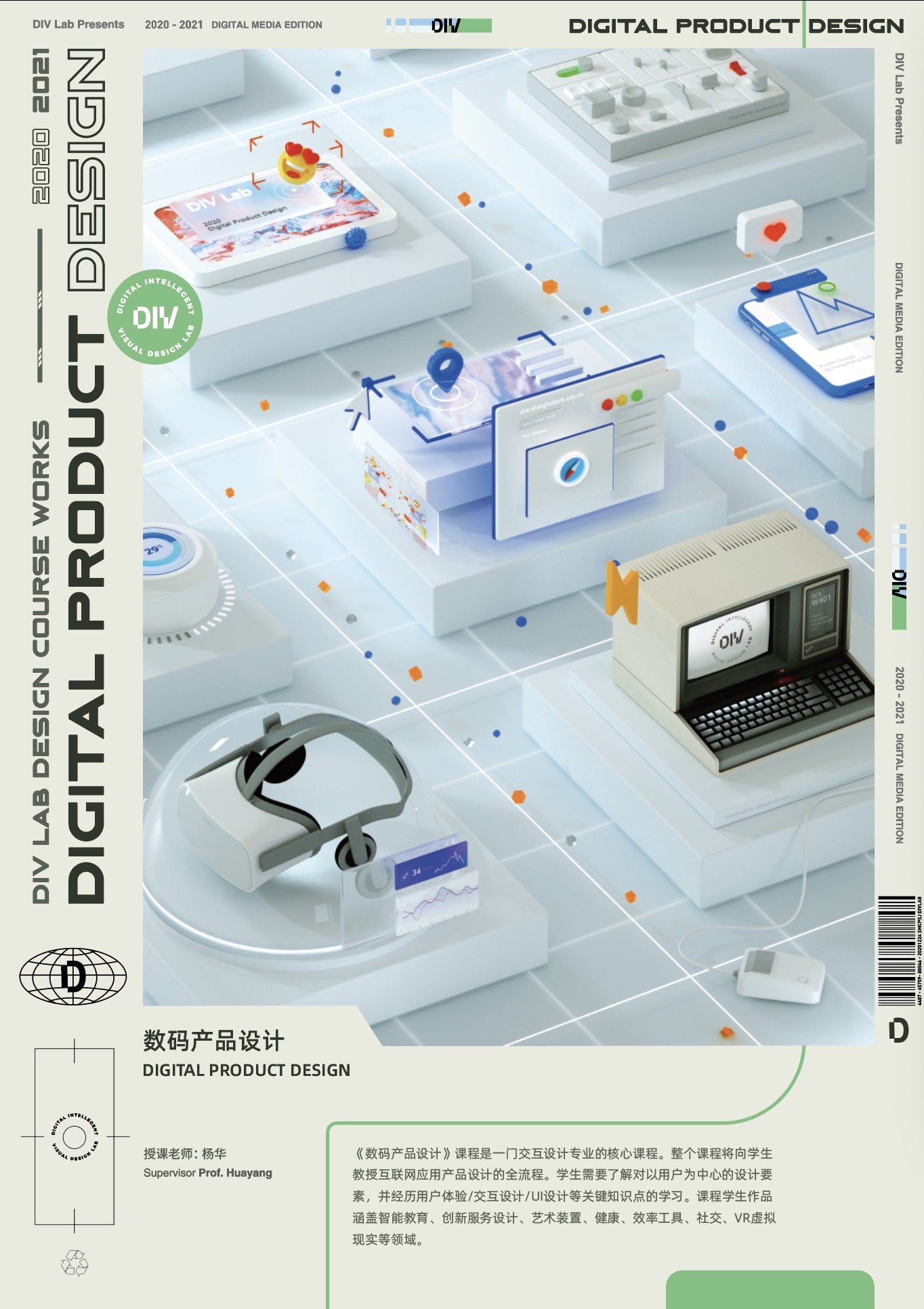
Lecturer: Hua Yang
Teacher Comments:
Digital Product Design is a core course for interactive design. It teaches students the whole process of product design for Internet applications. Students need to understand the user-centered design elements and go through the key knowledge and practice of UX/Interaction Design/UI Design. Since we offer an elective course for the whole university, students come from different professional backgrounds, including the School of Information, the School of Life, and the School of Material Science. Interactive design itself is also a highly interdisciplinary discipline. Students collaborated in teams to complete works on different topics, including smart education, community innovation services, healthcare, efficiency tools, social, VR virtual reality, games and art installations.
Students work:

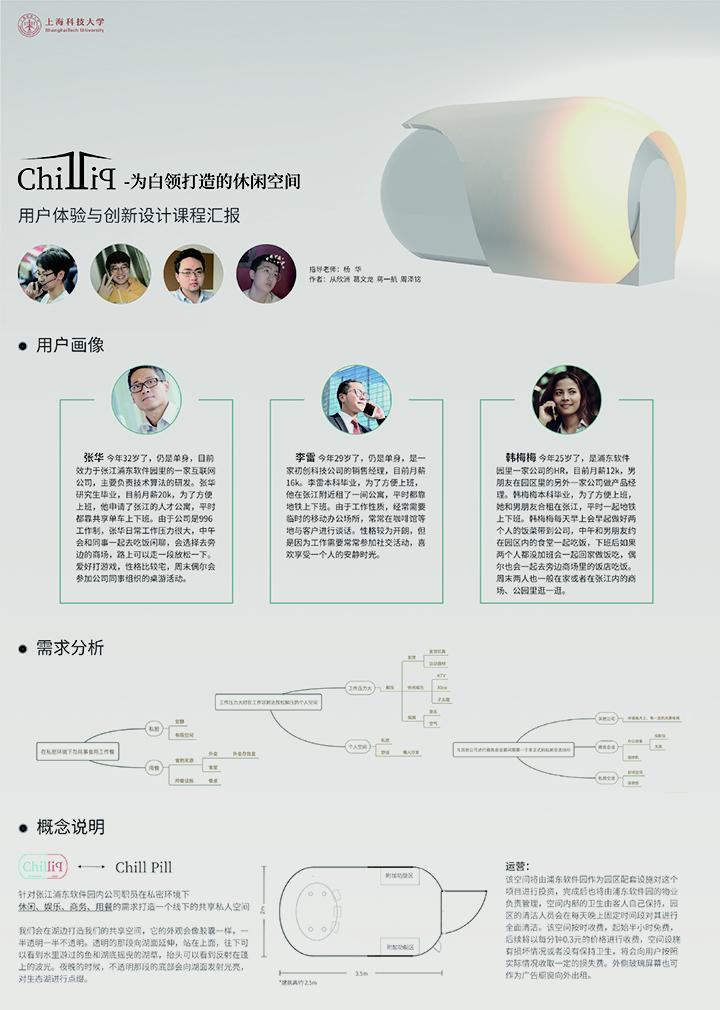
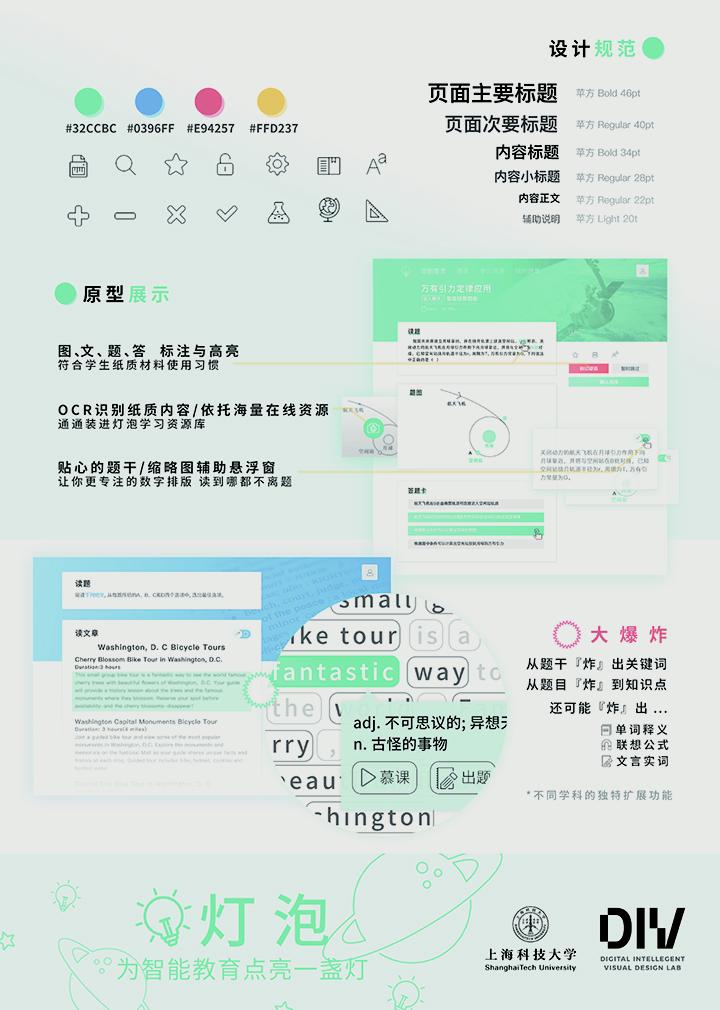
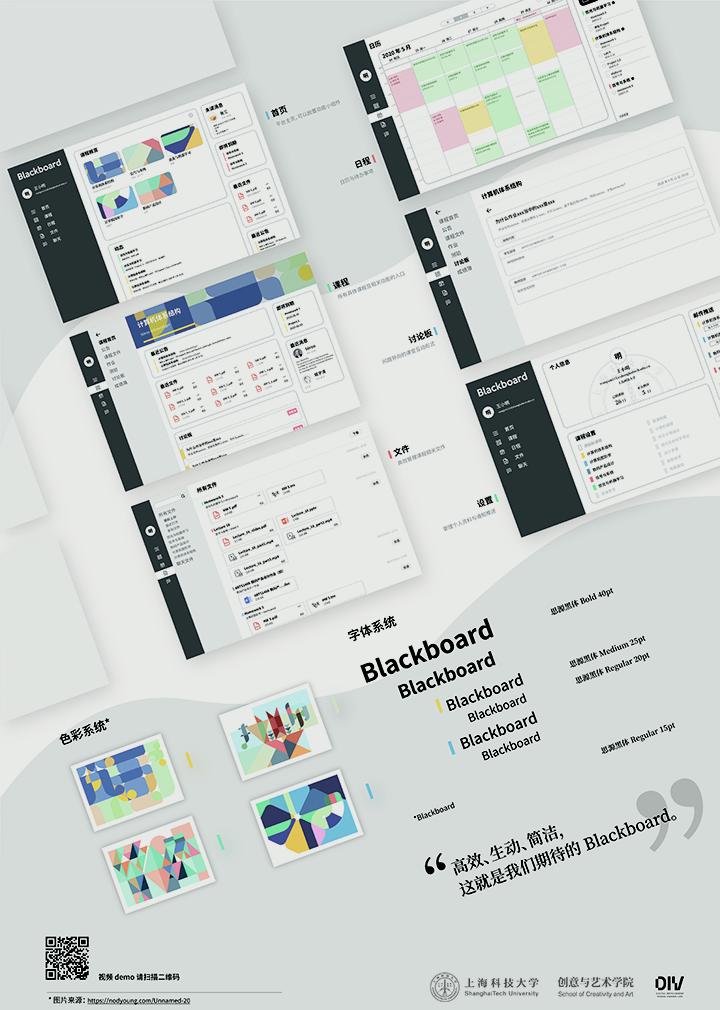

Production and Consumption of Popular Culture
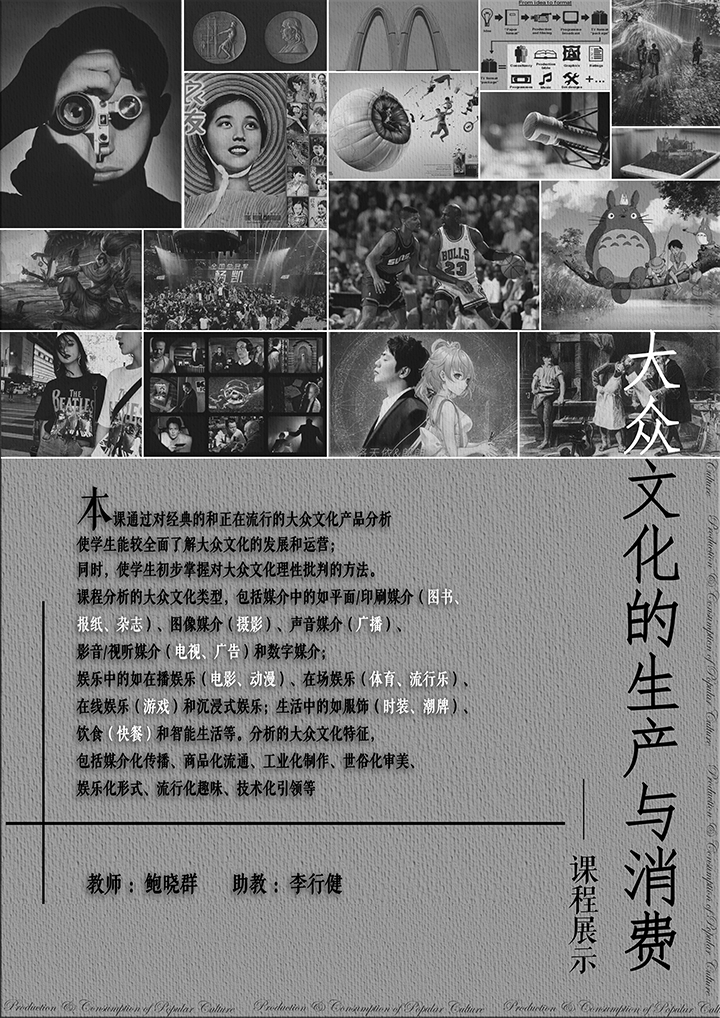
Lecturer: Xiaoqun Bao
Teacher Comments.:
This course has achieved the teaching purpose, as evidenced by the students' final papers and in-class assignments. Students have a basic grasp of the theory and operation of mass culture production and consumption, especially how to apply critical thinking to analyze issues related to mass culture. It is very important and valuable for Chinese polytechnic universities to adapt to international trends, cultivate complex frontier talents, and explore the construction of an interdisciplinary teaching system. In this regard, we have a few thoughts: (1) how to establish a modern knowledge system and learning methods, among which especially future-oriented learning methods; (2) how to explore an interdisciplinary teaching model with the characteristics of ShanghaiTech; (3) how to encourage students to think independently and communicate well; (4) how to encourage students to do innovation and create conditions for them to experiment; (5) how to advocate students to develop an atmosphere of reading more.
Class Video:

Class Debate
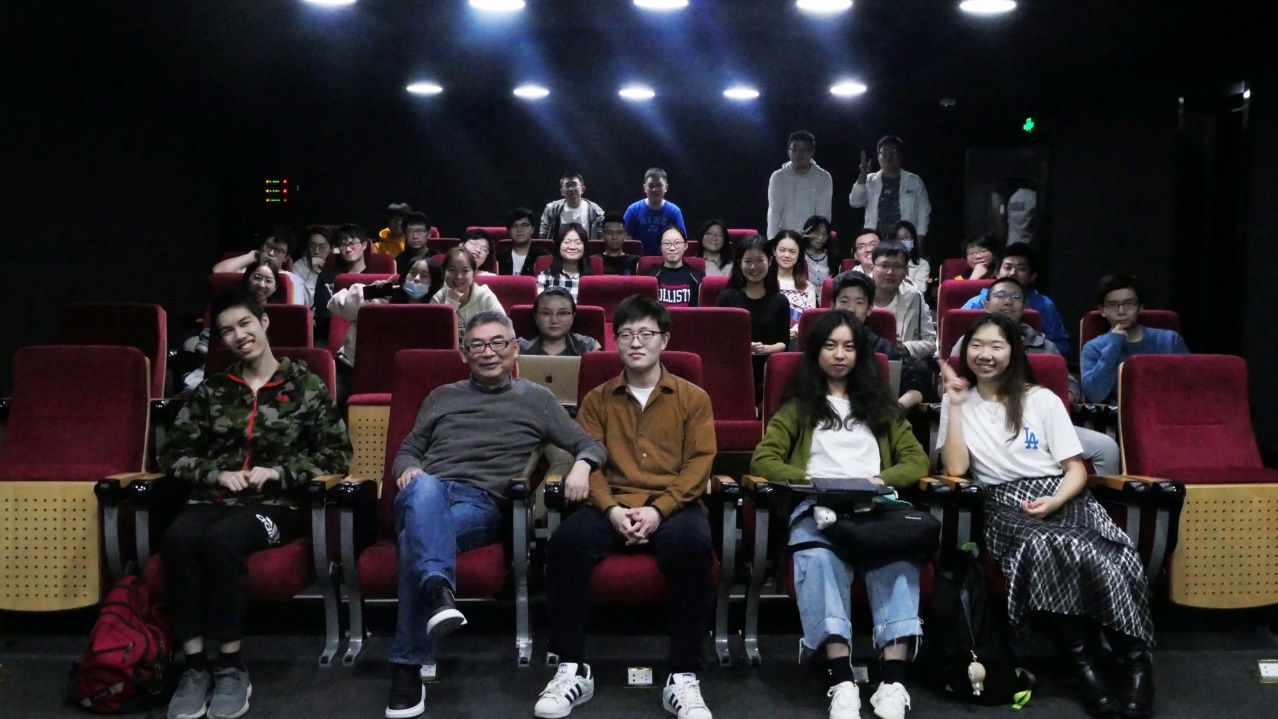


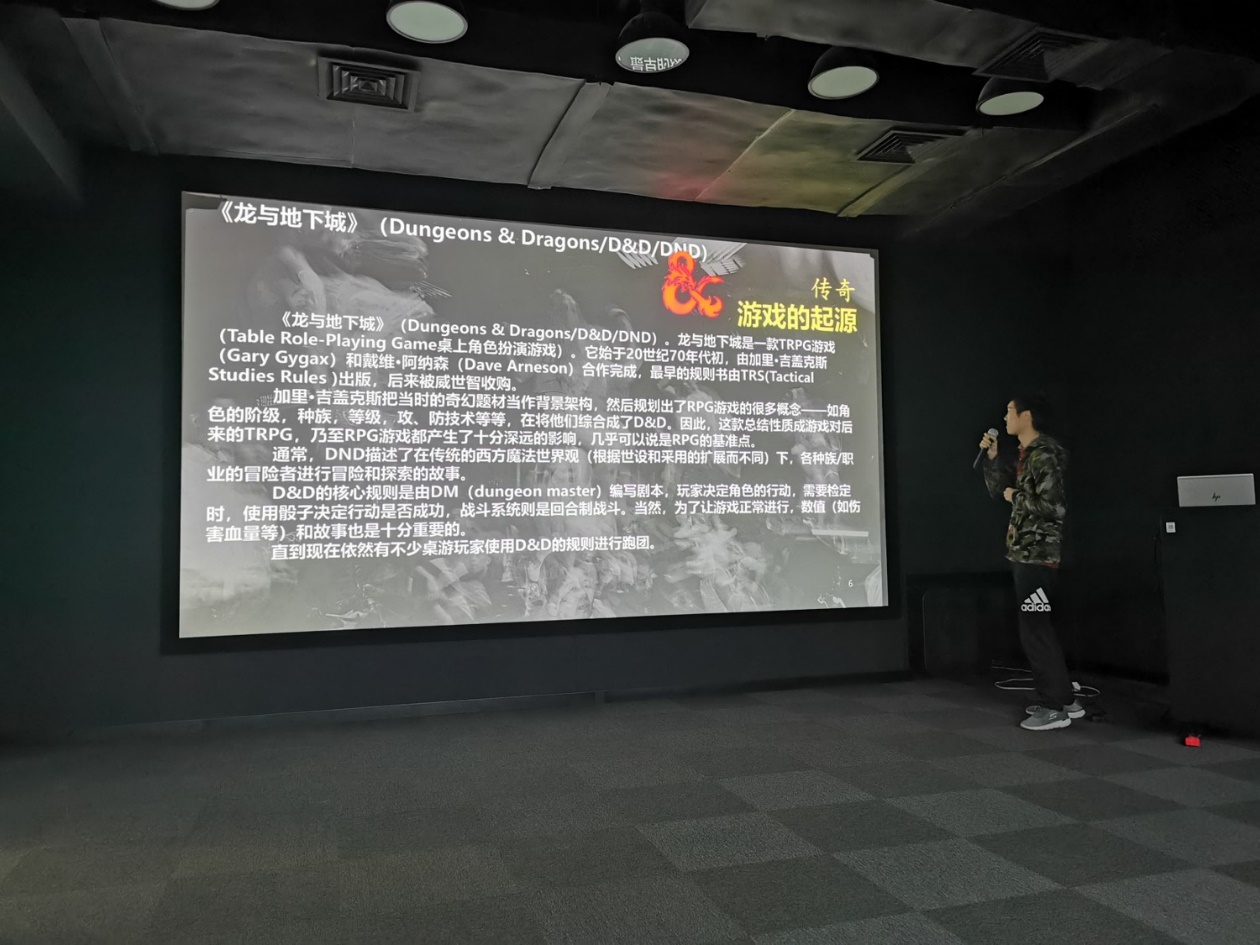
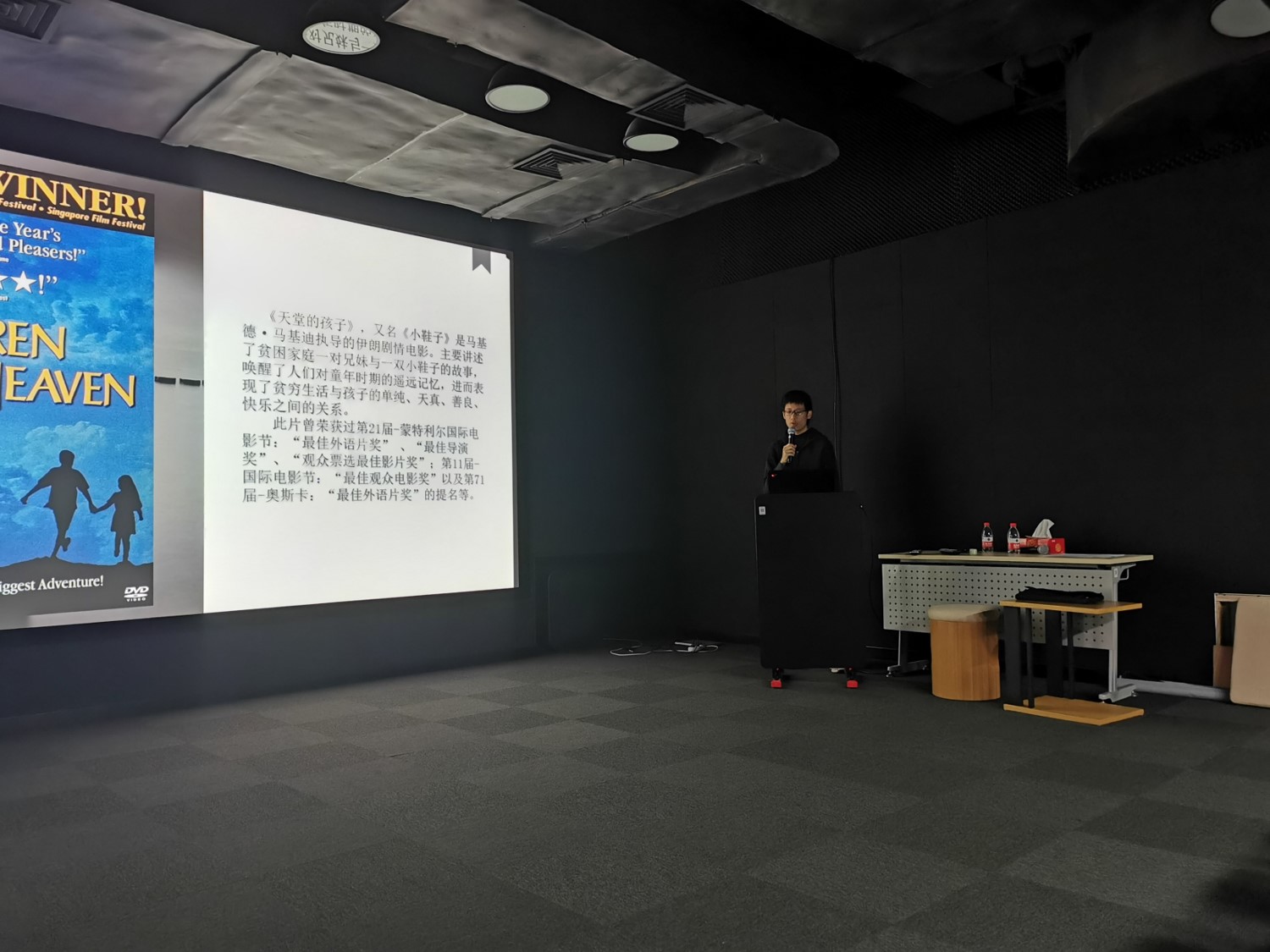
Color Theory and Application
Lecturer: Jie Wang
Teacher Comments:
In the Fall 2020 semester, we focused on color creation. The image is based on a concept, theme, mood or story. Students create symbolic images, organize the composition, and design color matching on their own. The whole process was exceptionally arduous and torturous. The course was not any less difficult because it was a general art course for science students. On the contrary, it put forward demanding professional requirements for many creative details, and continued to modify, and improve. The students invested tremendous time and energy. Whether it is physical strength or willpower, it is close to the limit. Judging from the results of their homework, their efforts have yielded amazing results. Many of their works are not inferior even if they are placed in general professional design colleges, and they are even unique. More importantly, I saw their wisdom, talent, education, contract spirit and tenacity to the end behind the creation process. From the beginning of the course in October last year to March this year, even during the Chinese New Year holidays, the classroom was filled with the figure of the students working hard. I am honored to have fought with them once, and hope that these colorful images of this difficult and happy time, record and foretell their gorgeous youth and bright future.
Students Work
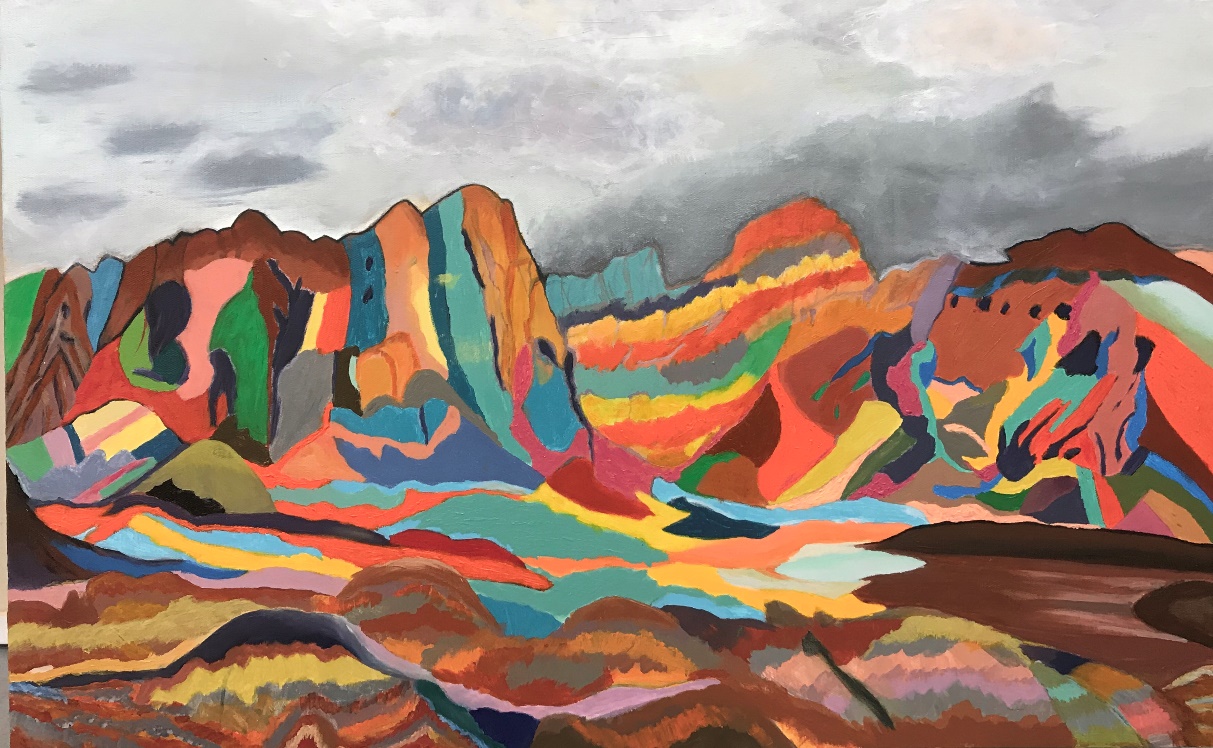
Huan Liu
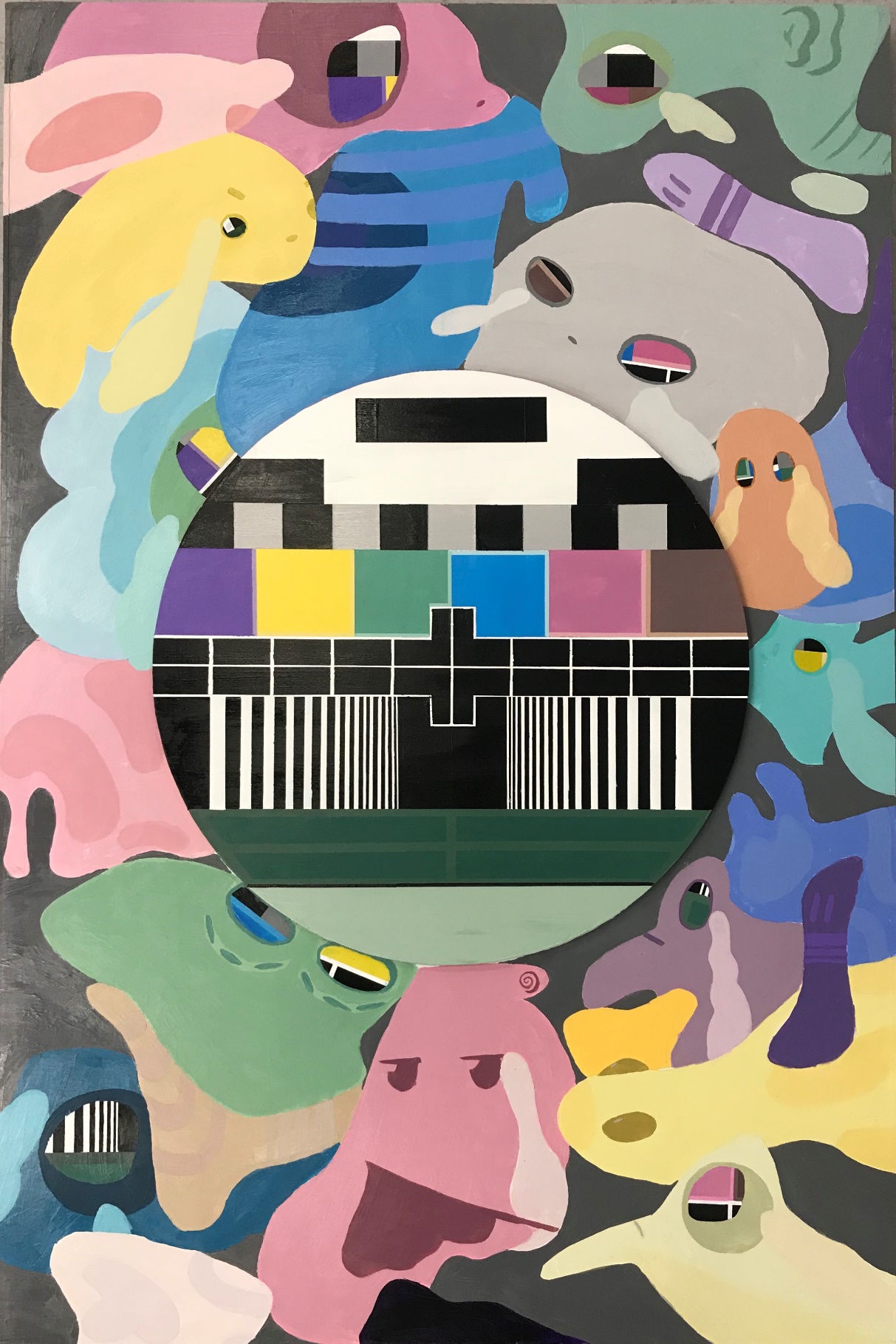
Shengqi Dai

Yingyi Chen
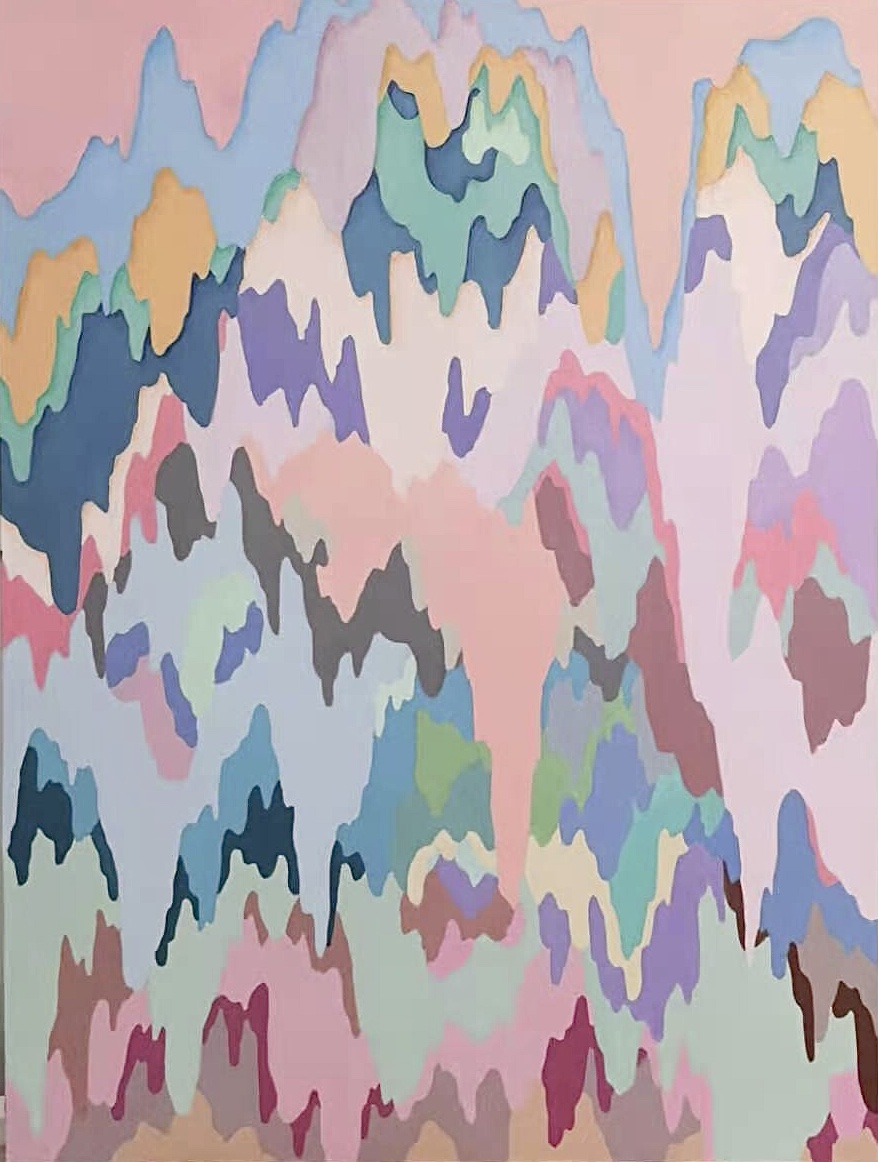
Yu Gu

Yuwei Luo
Visual Storytelling
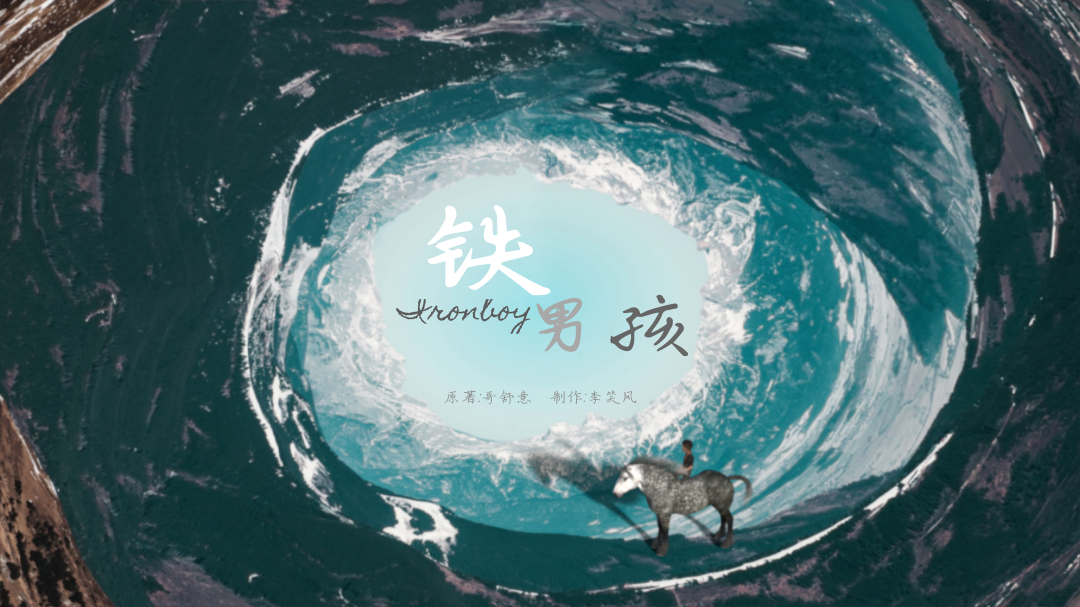
Lecturer: Bo Wang
Teacher Comments:
The main purpose of Visual Storytelling course is to train students to tell stories in an image-led form. From student works, the visual forms include images, 3D modeling, comics, and film splits, which cover almost all aspects of visual art. This diversified form of visual expression is also the effect I hope to see at the beginning of the course. The artistic theories and techniques contained in this course are quite diverse and complex. Students not only need to be familiar with the basic language of film shots, but also ingeniously convert text into images in the creative process. As for image creation, you need to work hard in setting, lighting, lens scheduling, editing and even performance. In the case of storyboarding and comic, students need to refer extensively, scrutinize and polish patiently in terms of shape, composition, color and style of painting. The ability to integrate the above-mentioned abilities can produce more mature and complete visual storytelling works. Undoubtedly, I think the works created by the students in the very short summer semester not only meet the standards I expected, but also bring me a lot of surprises! I believe that others will also see your efforts and talents in the exhibition!
Students Work:

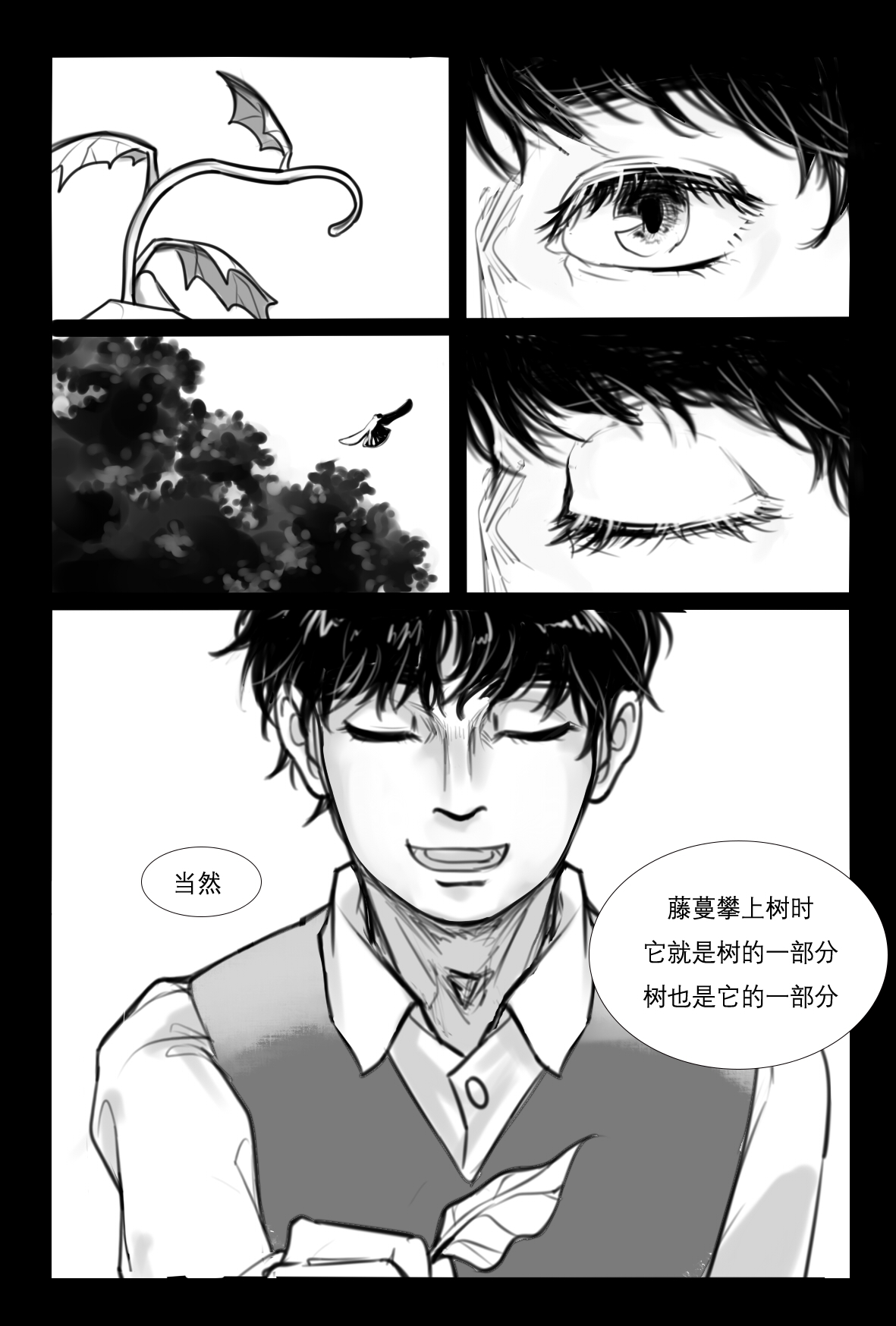
The Tree and The Vine / Liuwei Chu
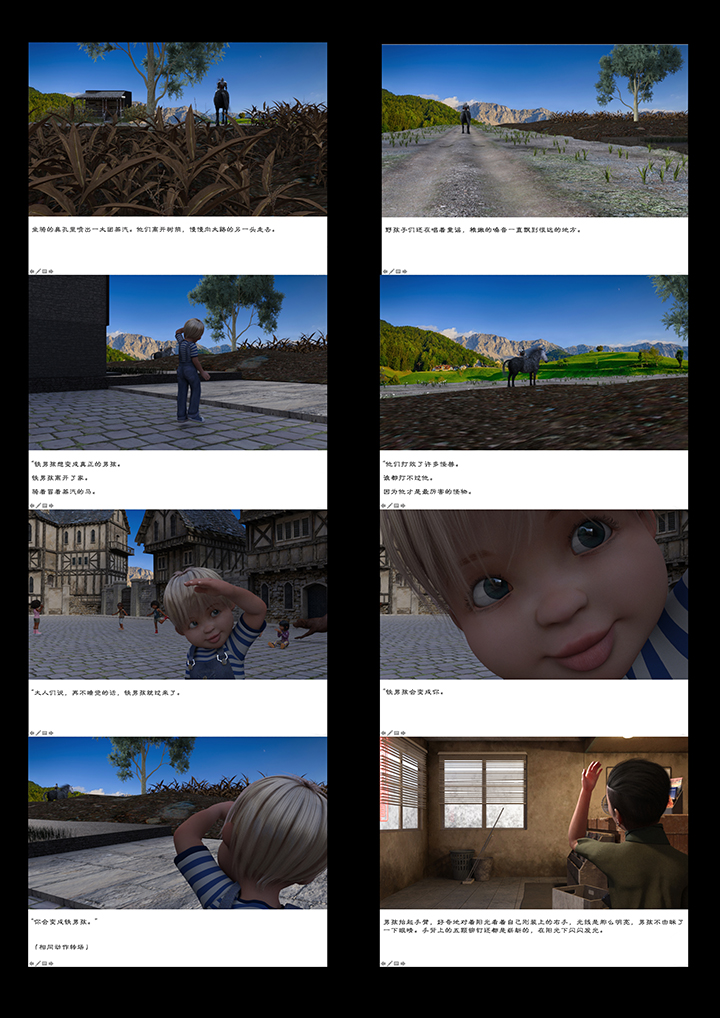
铁男孩 / Xiaofeng Li
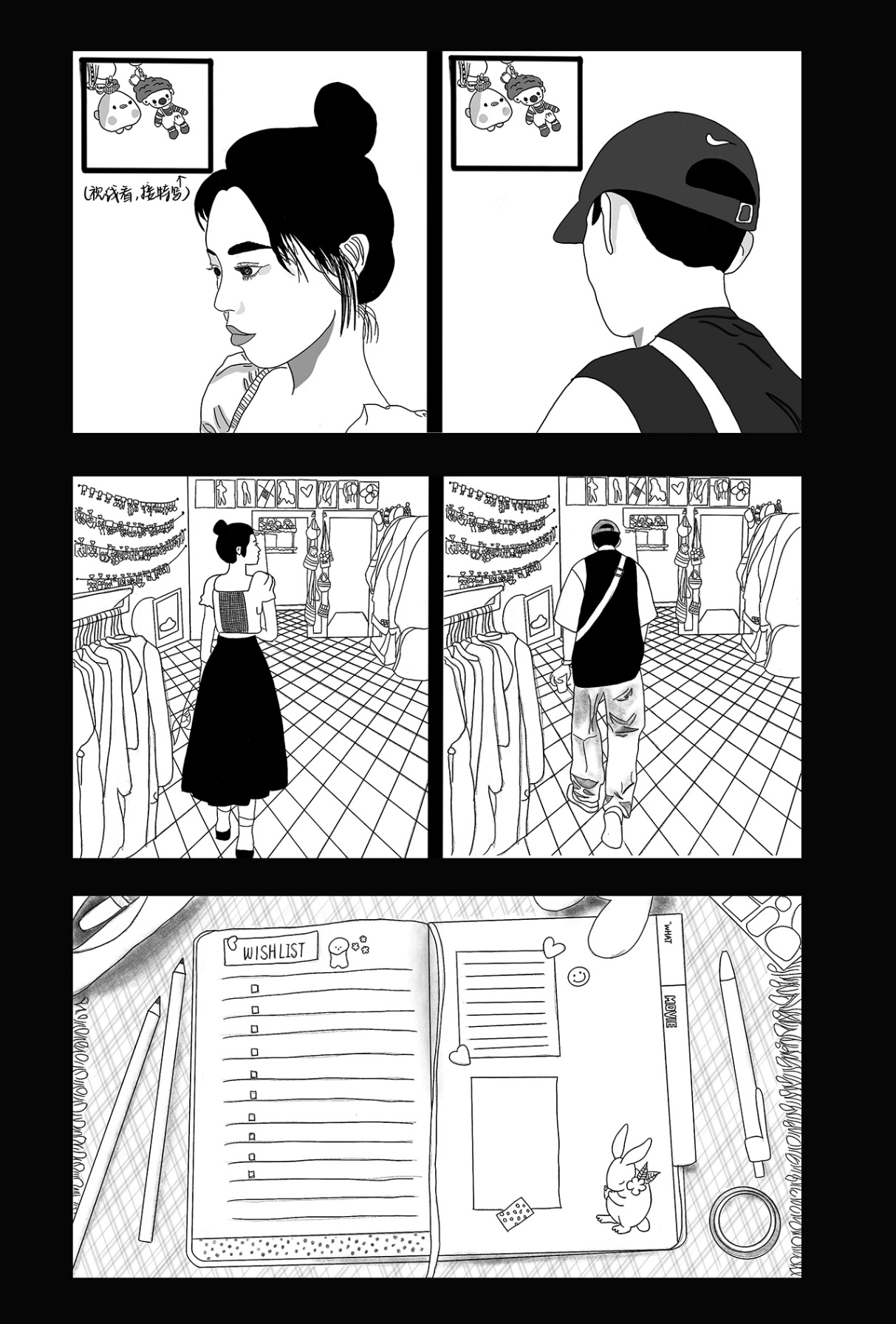
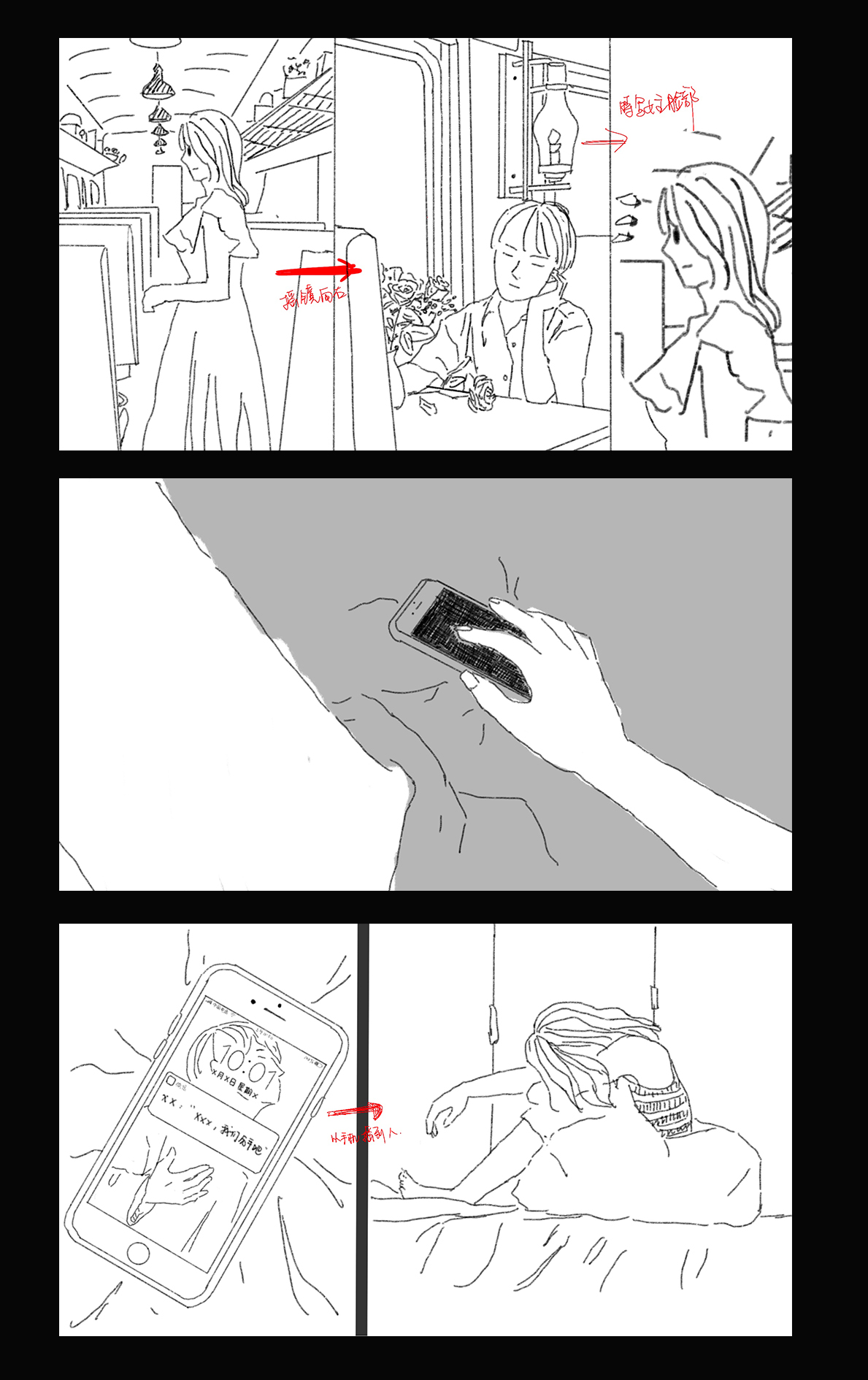
Secret Garden秘密花园 / Jiajie Yang
Psychology of Interaction Design

Lecturer: Predrag Nikolic
Teacher Comments:
The applied hybrid teaching method allowed to detect the students’ needs, level of the field understanding and weaknesses in the early phase of the course. As such course is custo-mized and focus on maximizing acquisition of the skills in the specific segments of UX de-sign rather than giving general overview and generic approach to design problem solution. Significant focus was given to corporate design culture and team work as essential element in their future professional development.

Introductory Interaction Design
Lecturer: Hiroki

Creativity Labs and Studios is composed of science and technology labs and art and design studios in different fields. It is committed to becoming an interdisciplinary, creative and application-oriented research platform that integrates smart technology, design and art, and has a high sense of social responsibility and international reputation.
AIDA Lab

CASE Lab
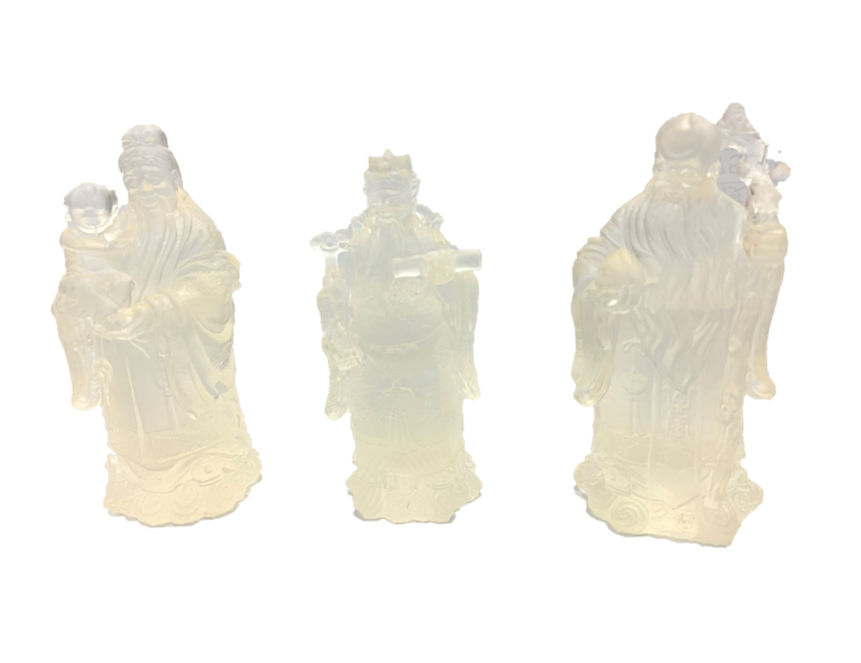
3D Portrait Printing / Resin

Grille structure / Titanium alloy Ti6Al4V

Rings / Bronze
3D printing has potential in the field of jewelry, and can quickly render novel ideas of designers.
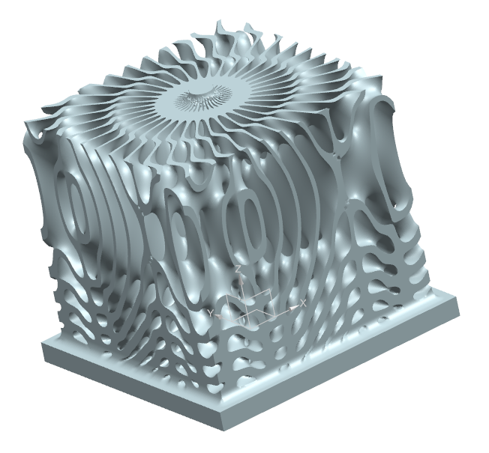
Heat exchanger / Resin
CEL Lab
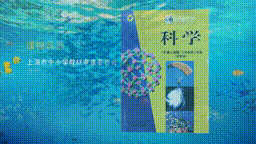
Online education interactive demo description

New technologies applied in variety shows
DIV Lab + ARC/SEC Lab
Technical Support by MARS Lab and CASE Lab
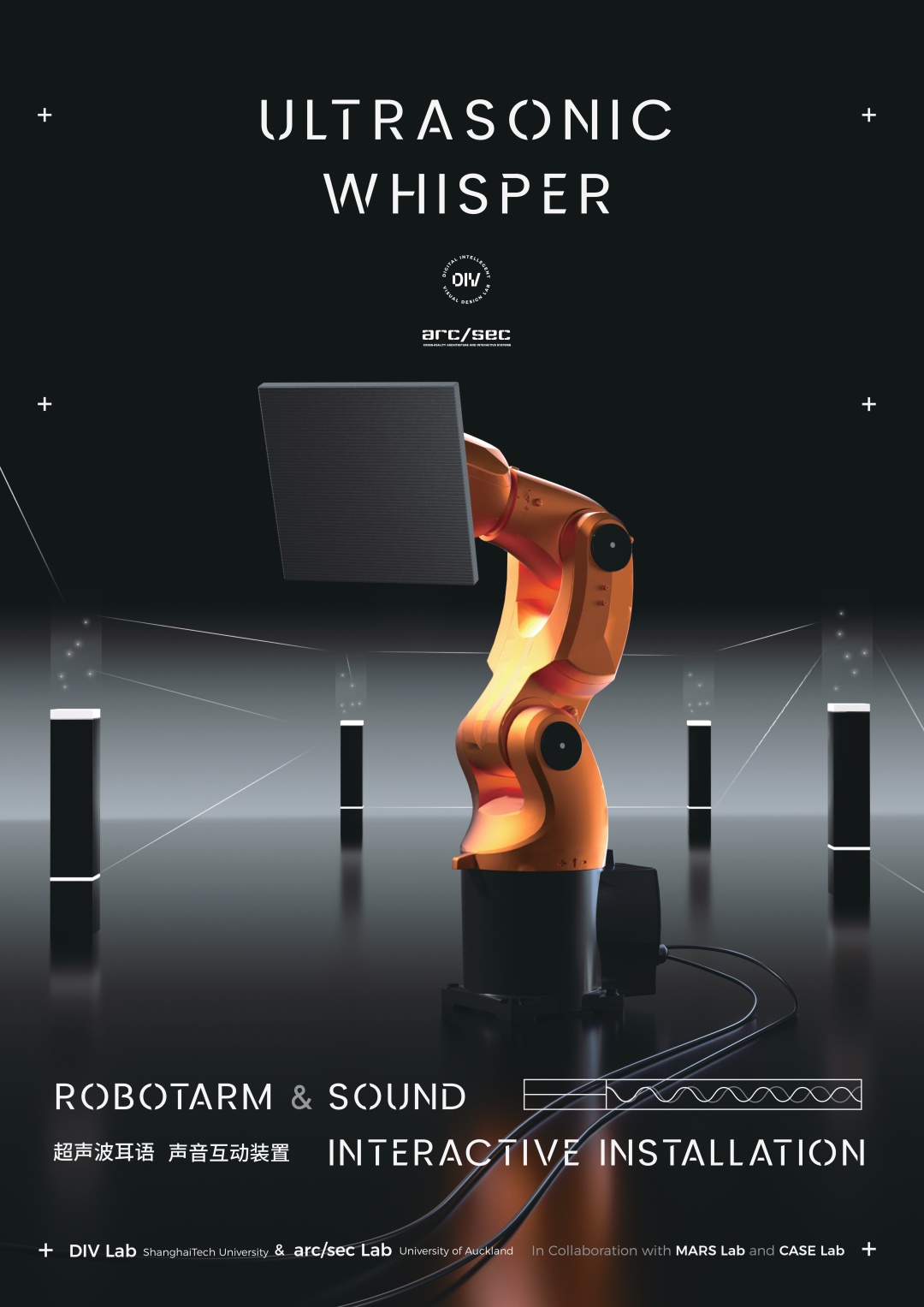
Ultrasonic Whisper Robot arm & Sound Interactive Installation
Exhibition Photo
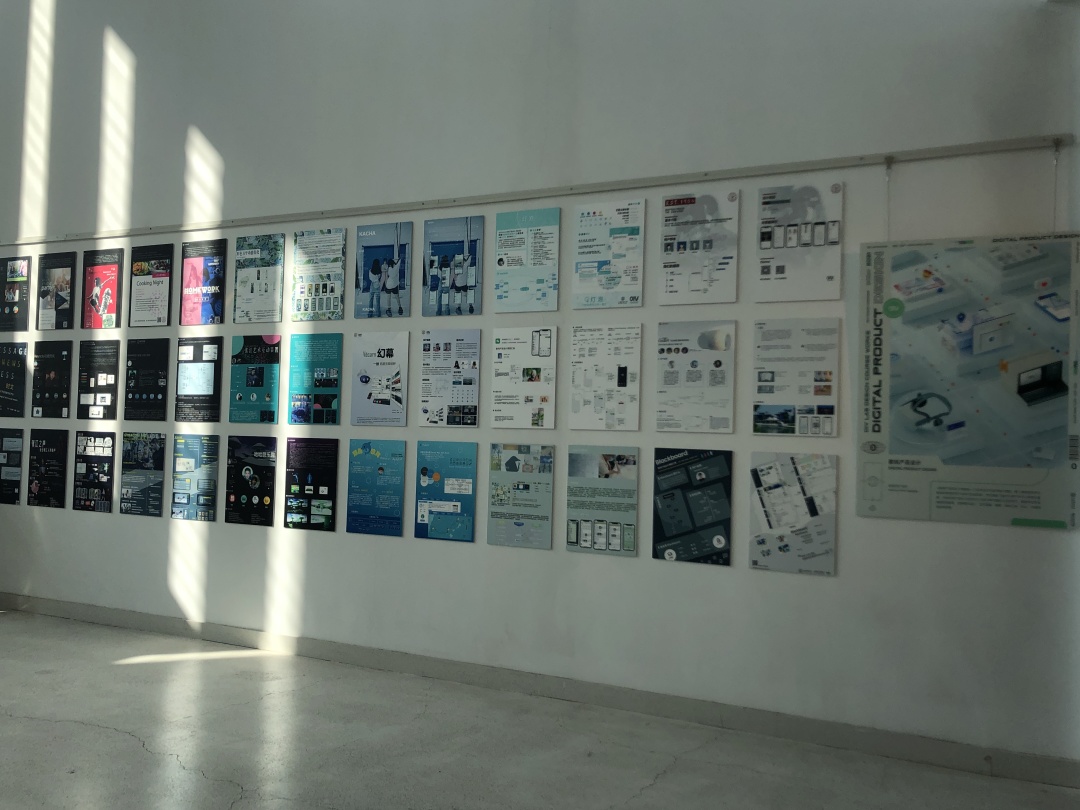
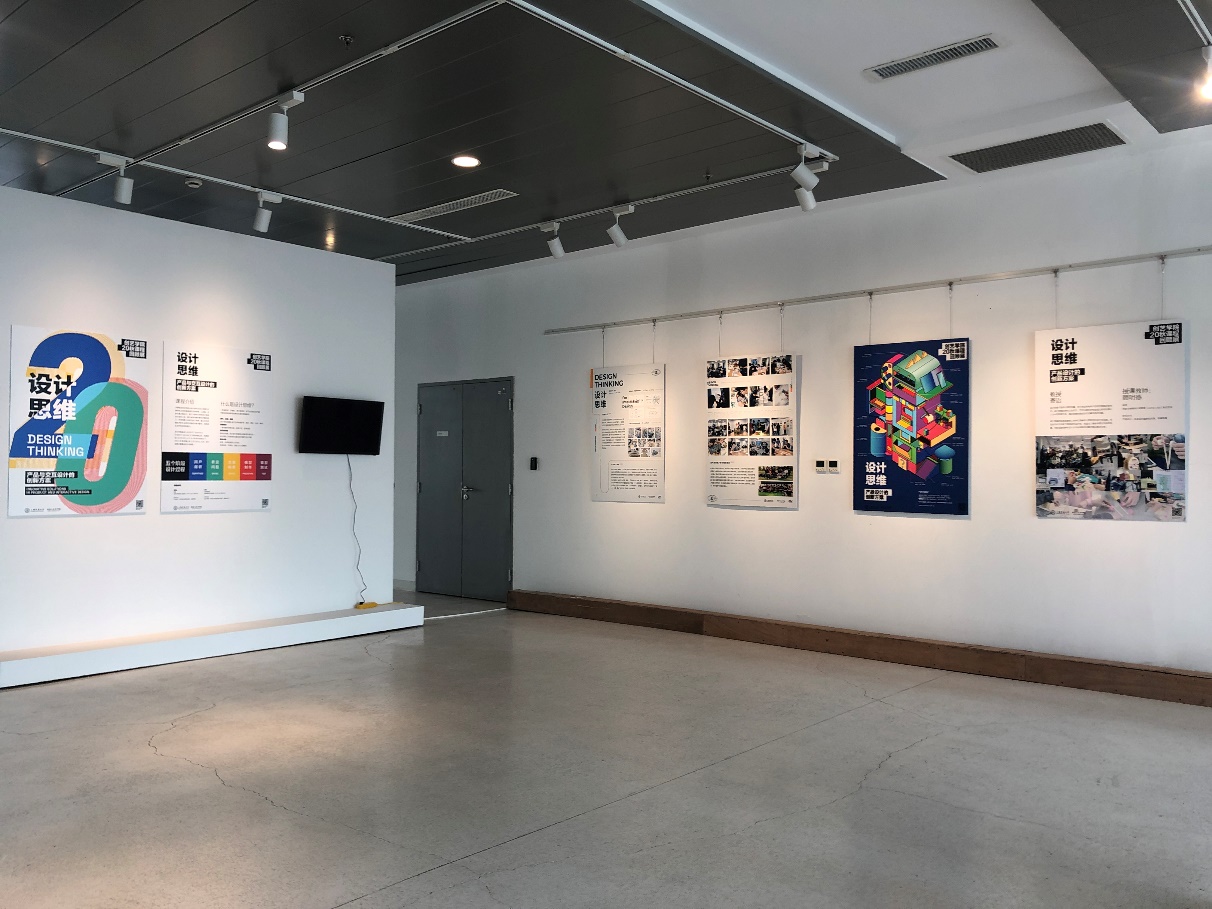
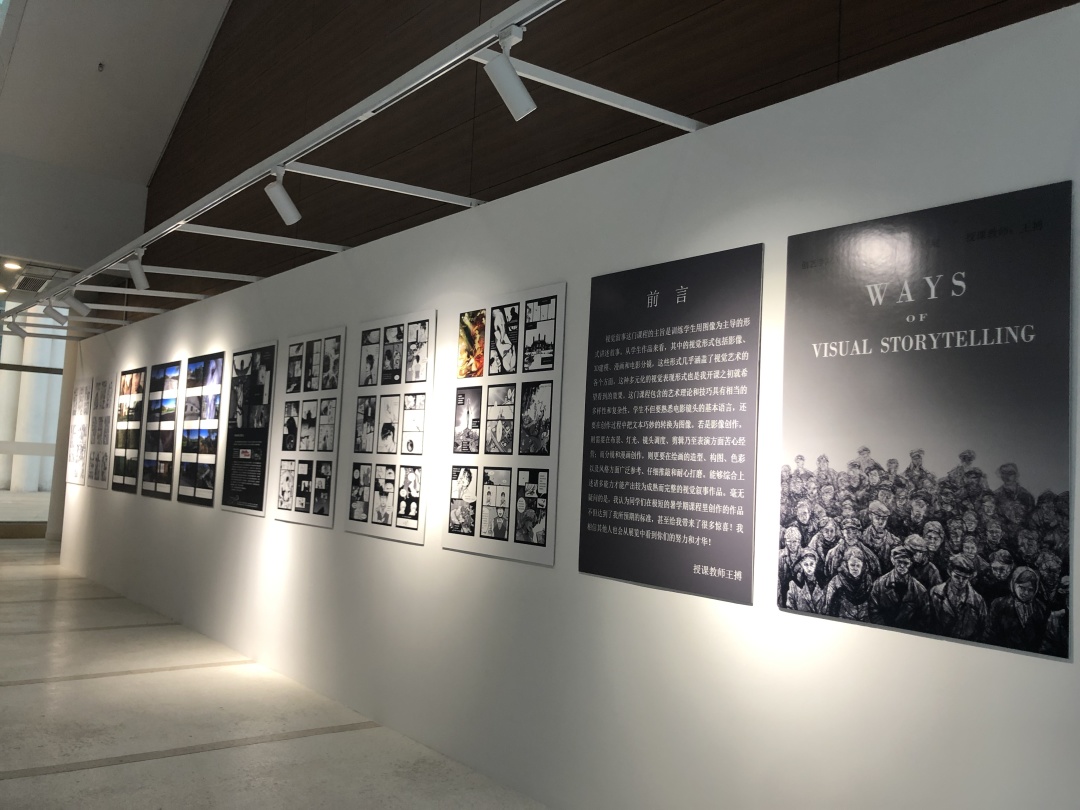


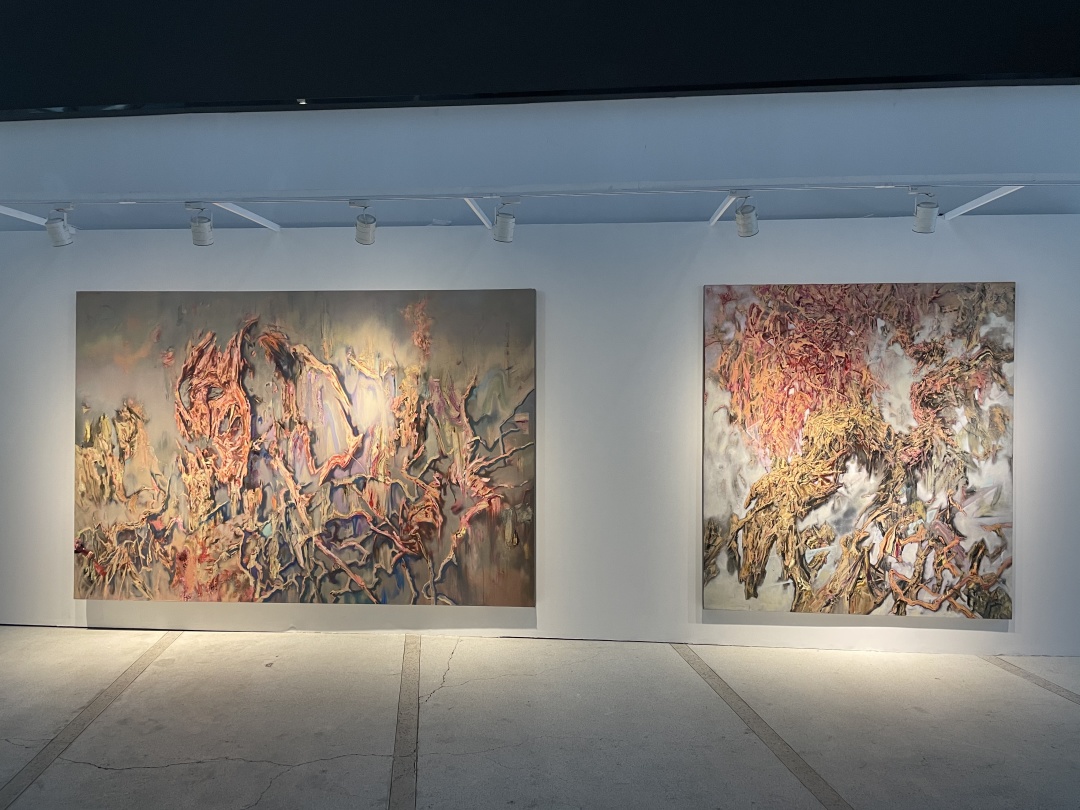
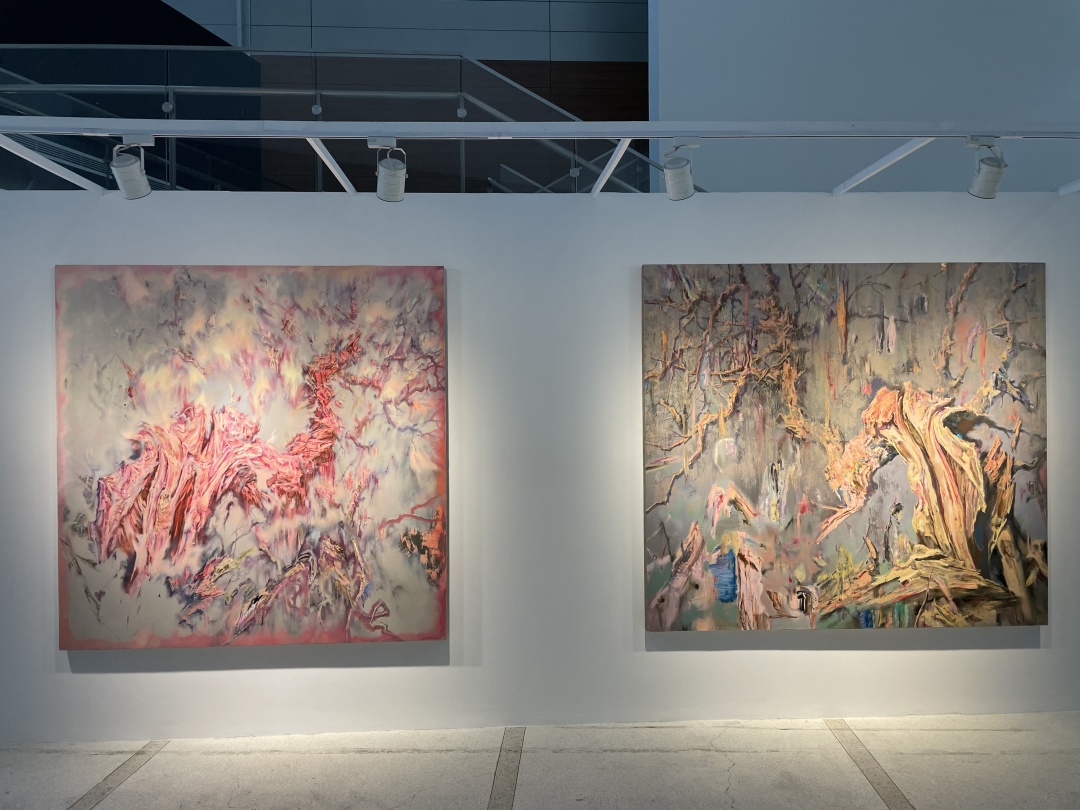

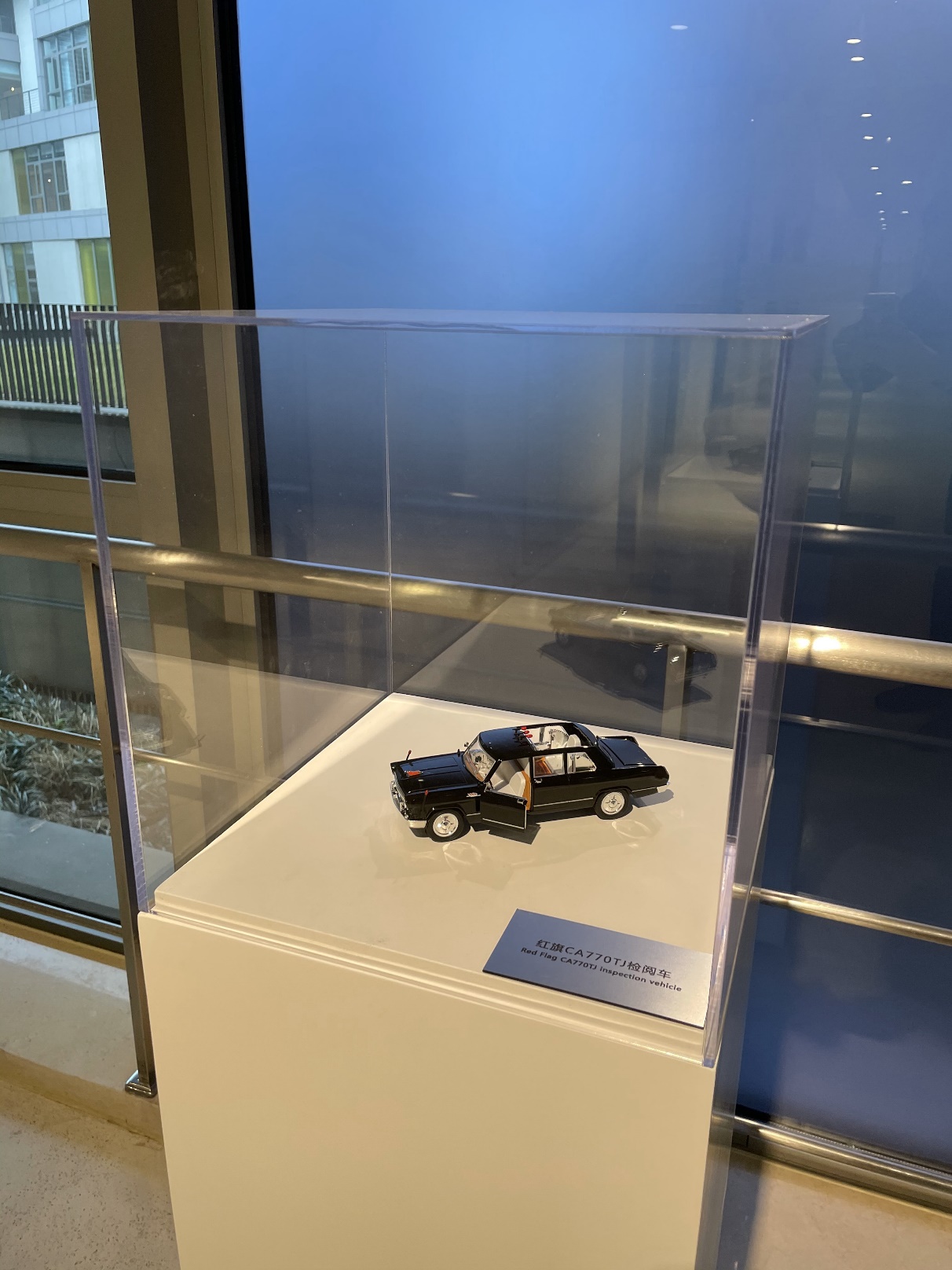

Exhibition Organizer: Hua Yang
Exhibition Execution: Xinyi Qu, Zhenglue Gu
The School of Creativity and Art was officially established in November 2017, referred to as the SCA. The school aims to build an incubation platform for pioneering research, experimentation, communication, growth and breakthroughs for young students through courses and activities that integrate art and technology. The young generation of artistic and creative talents are provided with a platform for pioneering research, experimentation, exchange, growth and breakthrough. We want to build the most cutting-edge domestic college of higher education that fully integrates with the world and promotes innovation in the field of art with leading technology. We hope to bring new inspiration and motivation for spiritual and cultural life of human beings in China and even the world. Our key discipline layout: Intelligent Design, Entertainment Design.


